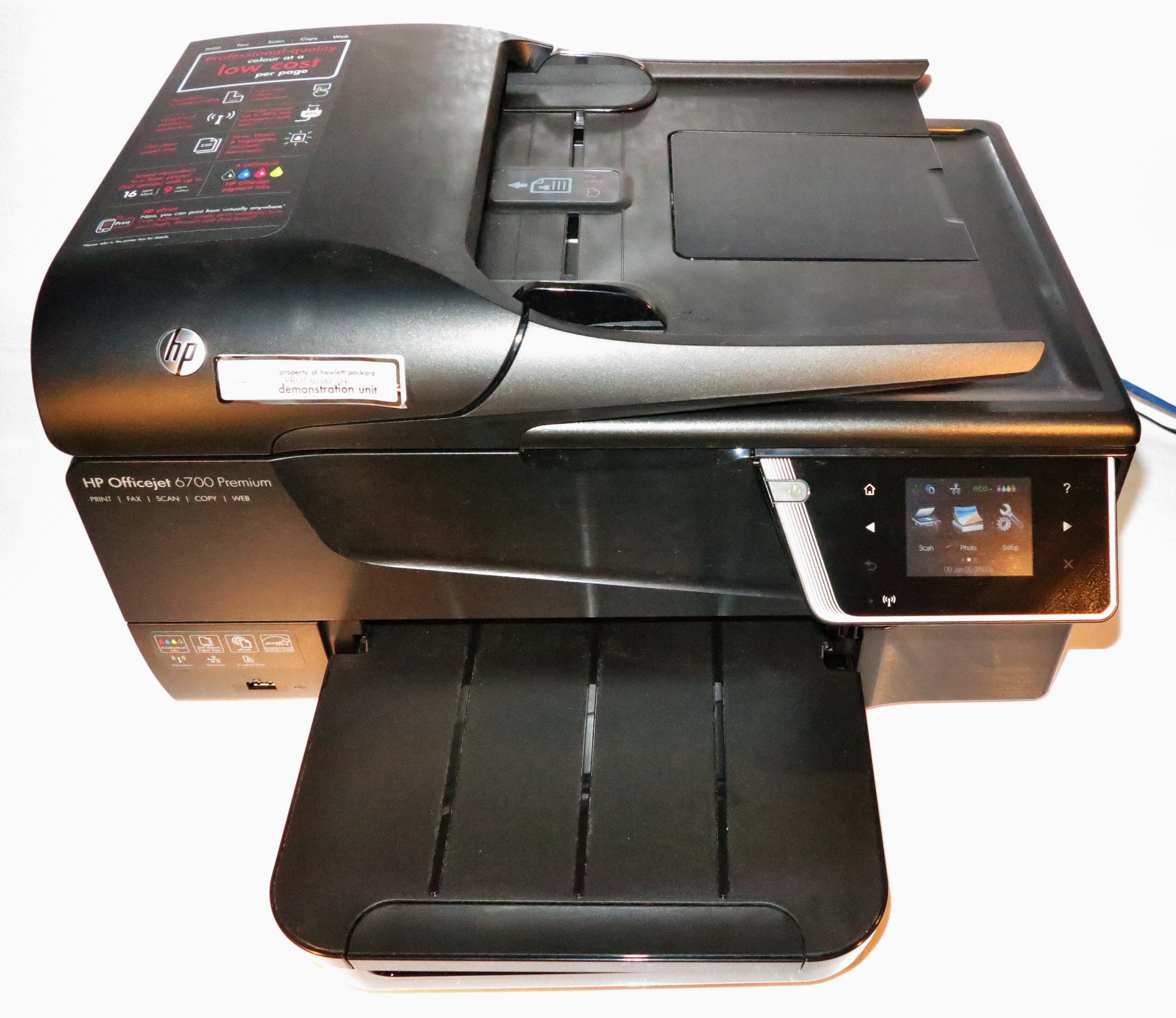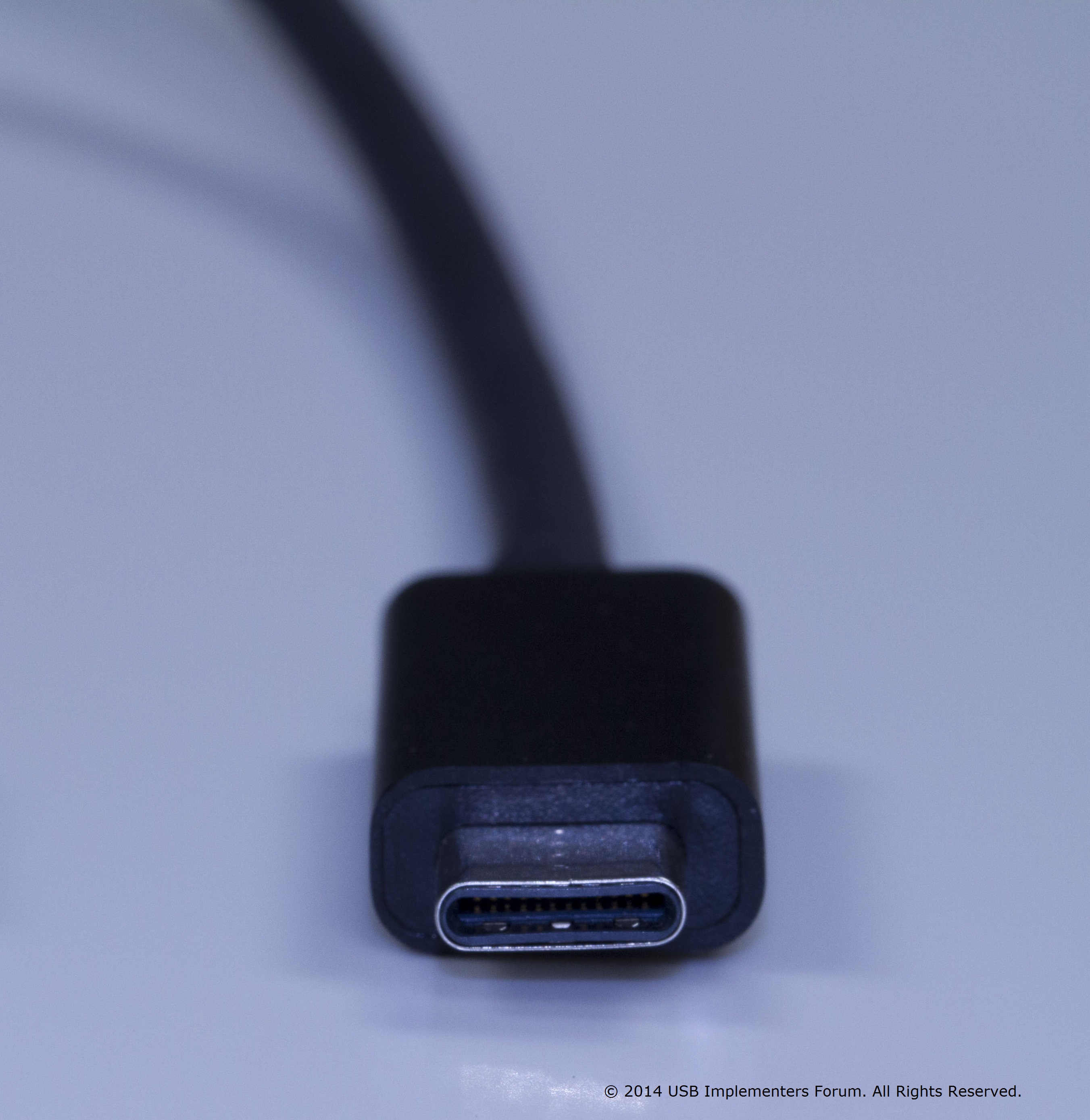Article (German language / Deutsche Sprache)
Neues FritzOS mit Mesh-Funktionen für mehr AVM-Repeater | ZDNet.de
From the horse’s mouth
AVM
IFA 2017 Press Release (Vergrößern Sie Ihr WLAN – mit Mesh).
My Comments
Previously, I have covered how AVM, a German home-network infrastructure company, have approached the idea of a distributed home network. This is through a firmware update to some of their newer Fritz!Box routers and network-infrastructure hardware (Wi-Fi repeaters and HomePlug AV access points) such as the Fritz!WLAN 1750E repeater and Fritz!Powerline 1240E HomePlug access point.
What also impressed me about their approach is the use of a wired or wireless backhaul rather than just sticking to a wireless backhaul. Here, it can be about serving areas which are out of the router’s radio range, including providing support for multiple-building home networks. This is while providing a simplified setup and operating process for your home network.
Initially this was a beta firmware update that may not be considered stable and only applied to a few devices. But AVM have got the firmware to a stable condition and have written it to work with more devices. This includes the Fritz!Powerline 540 and 546E HomePlug AV500 802.11n single-band dual-stream access points and the Fritz!WLAN 1160 802.11ac dual-band and Fritz!WLAN 310 and 450E single-band 802.11n repeaters.
Of course they have underscored a simplified setup experience with firmware delivery and network configuration. This includes a Web-based configuration dashboard which shows how the network is set up as well as the condition of the wired and wireless backbones. The support for a HomePlug wired backbone will please those of us who live in stone or double-brick houses where HomePlug is more surefire as a backbone or who have multiple buildings on that large property.
Like with other distributed Wi-Fi setups, there is an emphasis on bandwidth optimisation such as steering high-throughput Wi-Fi devices to the sparsely-occupied 5GHz band if they can support it. Let’s not forget the fact that these systems set each access point on a Wi-Fi channel that they determine works best.
But why should AVM support single-band access points and repeaters that work the 2.4GHz band as part of their mesh? This may work out by allowing these devices to, perhaps, provide infill coverage on that band using a different channel. For example, other devices that work on that band like Bluetooth or 2.4GHz DECT devices, or the microwave oven may cause interference for Wi-Fi devices and a properly-designed mesh system could re-optimise the channels to avoid the interference.
What I still like of AVM’s approach to distributed Wi-Fi wireless setups is that they are enabling this functionality simply through deploying newer firmware to existing products rather than requiring users to buy a new system. This saves the users money when it comes to hardware costs as well as seeing newer hardware in to the long term.



